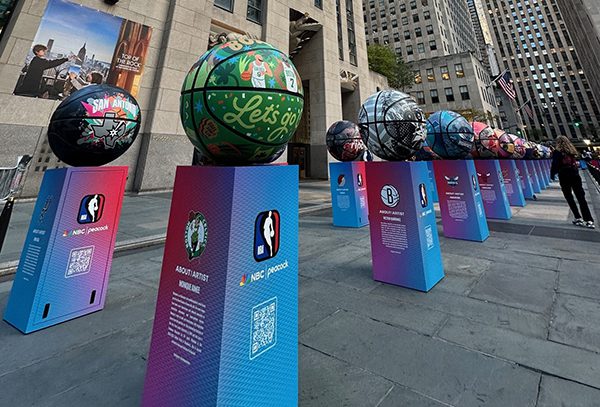Some retailers are seeing 70 to 80% of their marketing emails opened on mobile devices. Mobile is not an adjunct to email—email is mobile. It’s time for marketers to rethink their approach if they are going to be successful.
Marketers often start the mobile discussion by simply adjusting the email format to fit a smaller screen. This is important, but it misses the larger point: How consumers interact with mobile email is fundamentally different than on a desktop. On mobile, consumers look for the main point and then move on. Emails that are interesting are kept for later viewing, and those that are not are discarded. I call this “email triage.”
Think about it – you wake up in the morning with 50 new emails. You quickly scan them on your mobile device while you hustle to get out the door. You keep the emails you want to look at later in your inbox, and the others get pushed to the trash before ever being opened. Only when you are settled at work or when you have a moment to yourself at night, do you pull up your emails on your laptop and go through them in more depth, clicking through those that spark your interest.
The numbers support this. Open rates on mobile are roughly on par with desktop, but clickthroughs are only a fraction. It isn’t because the emails aren’t any good. It’s because when mobile emails are consumed—more often than not—it isn’t the time or place for deeper interaction.
Relevance as a Strategy
While it does matter that the emails look good on mobile devices, the only way for retail marketers to make it past email triage is to be relevant and meaningful to consumers—subject line, content, everything. This can mean anything from a special offer to a specific product to particular editorial content. But marketers can’t play a guessing game and send 10 things in one email, hoping one or two catch the consumer’s attention—the mobile screen and customers’ attention spans won’t allow it. Marketers must curate content to make emails worth the customer’s time. Only then will consumers save the email for later review.
This approach to “being relevant” doesn’t mean just one email. Consumer trust must be nurtured over time through a strong history of worthwhile, valuable messages. Personally, I receive many emails from retailers over the course of the week. Some of those are valuable and well worth reading. But if a retailer sets a precedent of sending content that’s irrelevant to me (handbags, dresses, jewelry), by the time they send an email that is tailored to my taste, chances are I don’t bother opening to find out.
This may sound harsh, but it’s what customers expect. In fact, 64% of consumers say they would prefer to receive personalized messages from the retailers they interact with. A far better solution than continuing to send irrelevant content, which accounted for 56% of unsubscribes in 2012.
Personalization is Key
How can retail marketers achieve relevance? The answer is personalization – a deep understanding of every consumer as an individual and then tailoring each and every message to them. With today’s technology, this is now possible.
And in the current omnichannel, hyper-connected environment, there is more than enough data to learn what your customers want.
To start, gather all of the data from any customer touch point you have. Consider too the touch points you didn’t think were relevant before – from social media activity and recent transactions to call center communications and customer satisfaction surveys. Every piece of consumer data is valuable!
Next, think about the different decisions you would make based on the data. What hero image should you choose? Which story should you lead with? Should you include a coupon, and if so, which one? Are there any products or brands worth highlighting? Even though the possibilities are endless, by isolating your main choices quickly, you can focus on optimizing them.
Mobile is both a huge opportunity and challenge for retail marketers. Making the cut in the “email triage” has never been harder or more binary. If you can prove to your customers that your messages are worth reading, then mobile offers an indispensable channel to communicate in a very personal way and build loyalty and trust. But if you can’t, you may find that the mobile revolution results in the death of your email program.
Graeme Grant is president and COO of CQuotient.



